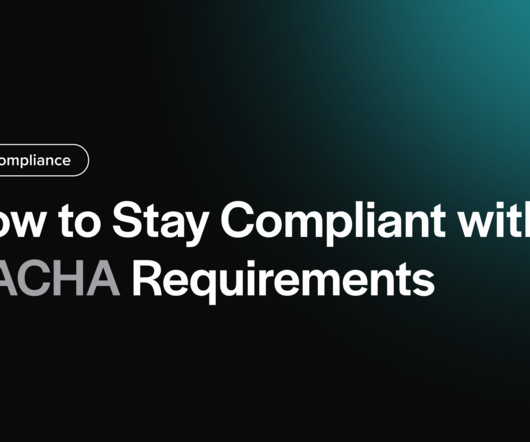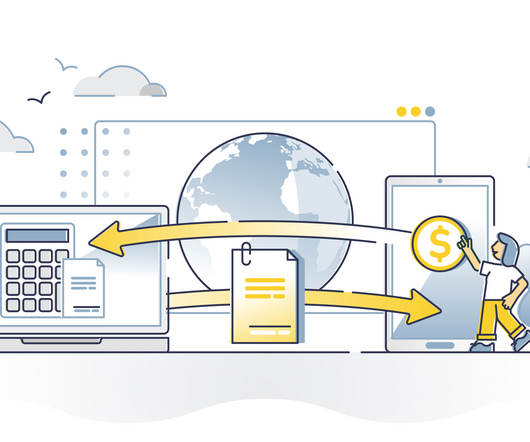ACH Payment vs Wire Transfer: What’s the Difference and Which Payment Method Should You Use?
Stax
JUNE 27, 2024
From $0-$15 for internal wire transfers and up to $35-$50 for external international wire transfer Security measures More secure since every ACH transfer goes through a clearinghouse network governed by NACHA More prone to scams and fraud. This is the first step for both debits and credits.











Let's personalize your content